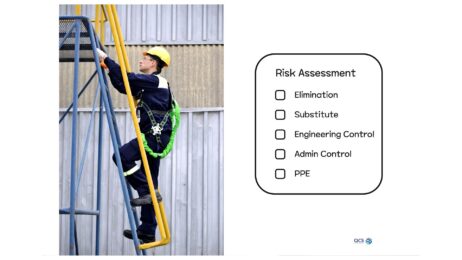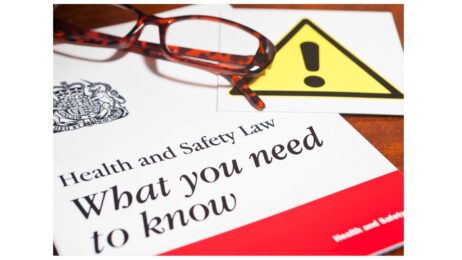10 Tips on How to Close Non-Conformities
When a Certification Body issues a non-conformity (NC), it is crucial to follow specific guidelines to close it out effectively. If you’ve submitted a corrective action plan and uploaded it to the Certification Body portal, you’re on the right track.
To effectively close a non-conformity (NC) in an audit, you need to understand the root cause, develop and implement corrective actions, and ensure the actions are effective in preventing recurrence. This process involves identification, analysis, and documentation.
Here’s a comprehensive list of 10 tips to help you achieve complete NC closure during your next audit.
Correction: What the Auditor is Looking For
- Identification and Containment: Promptly identify and contain the non-conformity.
- Clear Plan: If immediate correction isn’t possible, create a clear plan with assigned responsibilities and deadlines. Communicate the issue internally to affected departments, customers, and suppliers as needed.
- Evidence of Implementation: Provide evidence that the correction has been implemented or is actively in progress.
Root Cause Analysis: What the Auditor is Looking For
- Direct and Root Causes: Distinguish between the direct cause of the NC (e.g., someone not following a process) and the root cause (the reason behind not following the process).
- Originality of Root Cause: Ensure the root cause is not a repeat of the non-conformity or the direct cause and does not attempt to justify the direct cause.
- Comprehensive Root Cause Statement: Create a root cause statement that addresses fundamental issues without leaving any “why” questions unanswered. Use tools like the 5 Whys analysis for complex issues.
- Multiple Root Causes: If multiple root causes are identified, establish corrective action plans for each. For example, if training and inadequate work instructions are root causes, create separate corrective action plans.
Corrective Action: What the Auditor is Looking For
- Addressing Root Causes: The corrective action must address the root cause(s) identified in the root cause analysis. Include precise actions, responsibilities, and completion dates.
- Evidence of Implementation: Provide sufficient evidence demonstrating that the corrective action plan is in progress.
- Partial Evidence Acceptance: Full evidence is not always required to close a non-conformity. Some aspects may be carried forward to future assessments to verify full effectiveness.
By following this 10-point plan, you can enhance your readiness for certification audits and improve your chances of achieving full closure on non-conformities. Properly managing non-conformities is essential for maintaining the integrity of your certification. Utilising these guidelines will not only help you to close non-conformities effectively but also demonstrate your commitment to continuous improvement.



